
The armistice day is being marked in Serbia and the world, in memory of November 11, 1918, when the Entente forces signed an armistice with Germany and thus ended the First World War.
The armistice in the First World War was signed on this day in 1918 in the woods near the French city of Compiègne, in a special chariot of Marshal Ferdinand Foch, and was in force until the conclusion of the final peace agreement in Versailles, June 28, 1919.

When we think of the First World War, we will see a picture of a static trench warfare where the only tactic consisted of mass infantry attacks that would be cut down by machine gun fire. Although there is undoubtedly truth in this report, the scientists and tacticians of the warring countries were constantly devising new ways to gain dominance over the enemy and break through his line. To achieve this, many new types of weapons have been devised. Some of them had a great influence on the course of the war, but also on the development of military technology after its end.
That is why the First World War or the Great War as it was then called is considered the first modern war
These are weapons and protective equipment that were first used in the First World War in the military, and still exist today, of course in a modernized form.
8.Torpedo boat

A torpedo boat is the name for a small and fast warship whose main weapon is a torpedo.
It was created at the beginning of the 20th century thanks to the development of an internal combustion engine, which gave it a higher speed and a smaller size compared to the steam engine of a forced torpedo boat. This is why torpedo boats are sometimes called motor torpedo boats after the British Navy, which named these ships the Motor Torpedo Boat.
Torpedo boats were first used successfully by the Italians during the First World War, the most spectacular of which was the sinking of the Austro-Hungarian battleship SMS St. Stephen near the island of Premuda.
This event prompted other navies to start building torpedo boats, and between the wars the standard of a torpedo boat was created as a small ship of 15-30 m in length and speed of 30 to 50 knots, armed with one, two or four torpedo tubes and several machine gun or light anti-aircraft cannon for protection. Due to the simplicity of their construction, torpedo boats were preferred by countries deprived of a strong ocean navy for various reasons, such as the USSR, ie the Kingdom of the Serbs, Croats and Slovenes. The latter, in cooperation with British shipbuilders, made several acclaimed examples from the Uskok and Orjen classes.
7.Flamethrower
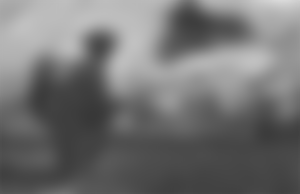
Although devices for the production of the famous Byzantine Greek fire are considered the first flamethrowers, and although similar devices are described in books and official records of the Chinese Song dynasty in the 10th and 11th centuries, modern flamethrowers date back to just before the First World War. The invention of the first model is traditionally attributed to the German engineer Richard Fiedler; it was first used in 1915 on the Western Front, and soon after, its own models were developed by the British and later by other armies.
Then, as in later conflicts, the flamethrower stood out as a weapon that is extremely effective, but only for specific combat circumstances. It is one of the most effective means of neutralizing enemy manpower in trenches, bunkers and other fortifications, and its application usually has a tremendous effect on enemy morale. On the other hand, the flame jet cannot be longer than about 80 m, nor can it last longer than 2 minutes; this is due to both technical limitations and the weight of equipment and fuel that the flamethrower operator can carry.
Therefore, during World War II, flamethrower tanks were developed that were supposed to eliminate these shortcomings.
6. Machine gun

Automatic weapons, ie weapons in which the gas pressure or other technical solution drives the mechanism for re (automatic) loading and firing of the next bullet, originated in the 19th century. Machine guns were especially effective. However, they had a large mass and were difficult to move. This made them good in defense but awkward for offensive operations. Therefore, in 1915, a new weapon called a machine gun was introduced, a kind of compromise between the high rate of fire of a machine gun and the carrying capacity of a rifle. Only one soldier was needed to handle (although other soldiers would often carry extra ammunition). It has achieved so much success that tactics for small units of soldiers have become based on the role of a soldier carrying a machine gun.
Complementing machine gun fire at close and medium distances, machine guns served to repel attacks and counterattacks, to protect wings and flanks, as well as to hold important positions. In the middle of the First World War, the firing squads of many armies had between eight and twelve.
5. Hand grenade
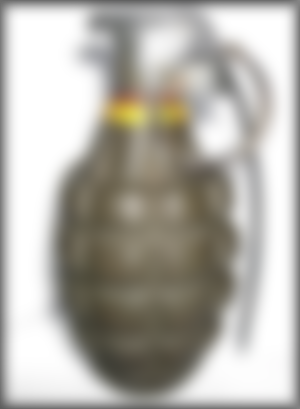
Hand grenades were used in the Middle Ages, but they were very unreliable and at the beginning of the 20th century they were increasingly considered an obsolete type of weapon. However, due to the trench method of warfare in the First World War, the demand for them increased significantly because they could be thrown into the enemy's trench even from a sheltered position. The production of hand grenades grew sharply, but shortages were common. More advanced fabrication techniques have made them less dangerous to the user. The new bombs most often resembled a pineapple (the first such bomb was the British Mills bomb from 1915), but the German Steelhand grenades or grenades on a stick are also known. Both types were also used in World War II.
3. Chemical weapons

Chemical weapons were used en masse for the first time in World War I. The first use of poisonous gases occurred on August 26, 1914. when the French threw bombs filled with ethyl bromoacetate, a tear gas compound, at the Germans.
The first mass use of the deadly gas was on April 22, 1915, when the Germans used 168 tons of chlorine near Ypres, a gas that causes suffocation in high concentrations. The French soldiers left the trenches in panic, but the Germans failed to take advantage of this because their soldiers were also afraid to approach the clouds of poison gas.
In the following years, more lethal gases such as phosgene (colorless and highly toxic) and mustard gas (retained in the soil for days or weeks) were introduced. Relatively few soldiers were killed by the poison gas (about 90,000), but the number of wounded and maimed reached 1.2 million.
The use of chemical weapons is prohibited by the Geneva Convention. However, chemical weapons were used later, and even today there are many substances that are produced and stored in some countries, and are classified as chemical weapons
3. Tank.

Armored vehicles (armored cars) have been used since the beginning of the First World War. Although they proved to be effective weapons, they had a very limited ability to operate on difficult terrain and could not overcome obstacles such as trenches. Therefore, in 1914, British officer Ernest Dunlop Swinton came up with the idea of making an armored vehicle with tracks, which were already in use on tractors. It took almost two years to reach a practical solution.
Originally, the British military authorities intended to call the new weapon a land ship, but they changed their minds because the Germans could very easily conclude what kind of weapon it was. Therefore, factory workers were told to produce mobile water tanks for use on desert battlefields. By shortening that name, the word tank was coined.
The first tanks were used on the Somme on September 15, 1916. years. Tanks did not have a decisive influence on the outcome of the First World War, but they paved the way for the further development of one of the most recognizable combat vehicles today.
2. Helmets

At the time of the outbreak of the First World War, helmets had primarily a decorative and identifying role - their protective value was almost non-existent. The widespread use of artillery weapons resulted in numerous losses caused by shrapnel-hit shrapnel to the head, primarily because the head was the most exposed part of the body while soldiers stood in the trenches. Therefore, heavy steel helmets were introduced. In 1915, they were worn only by special units, and in 1916 and 1917 they became a standard part of military equipment. There were also experimental helmets with face protection visors, but they proved impractical. The German Stahlhelm, a very recognizable piece of German military equipment in World War II, was introduced in 1916.
1. Aircraft

Balloons and planes were used to reconnoiter the battlefield even before the outbreak of World War I, and during the Italian-Ottoman War and the Balkan Wars of the 1910s they were also used to bomb enemy positions. In the First World War, the use of airplanes became widespread, for the first time airplanes were used against enemy aircraft, and high-ranking persons such as generals took the place of air unit commanders. It was also the first war in which civilian targets were attacked from the air
At the beginning of the First World War, airplanes were used in all countries mainly for observations, reconnaissance and auxiliary tasks. They were not armed, and the pilots carried only cameras to photograph enemy positions. They were later armed with machine guns.
The real air war took place between 1916 and 1918. The most specific were the hunting battles on the Western Front, which inspired numerous writers and directors.
French pilot Roland Garros invented a new way of firing machine guns between propellers, and any pilot who shot down at least five planes would become a war hero. The most successful among them, with as many as 80 downed planes, was Manfred von Richthofen, better known as the Red Baron. He was piloting a red Fokker tricycle. His entire unit, called the Circus, also flew in such planes.
He ended unhappily, by being knocked down in the air by a beginner from the British Air Force, who simply accidentally shot at Richthofen's plane.
All these weapons have become much more modern and deadly today. They have been used many times in the 102 years since the end of the First World War.
Although I know it's not realistic, I wish they were never used again.

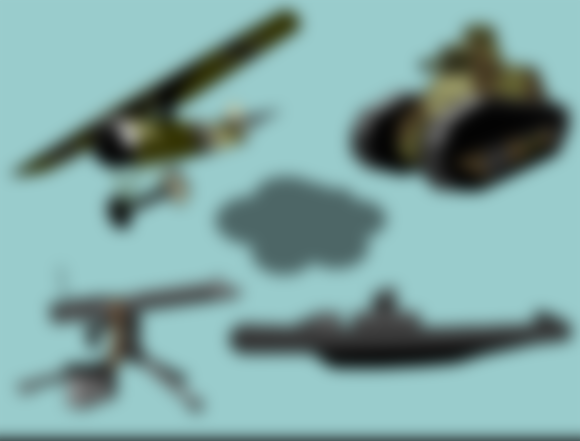


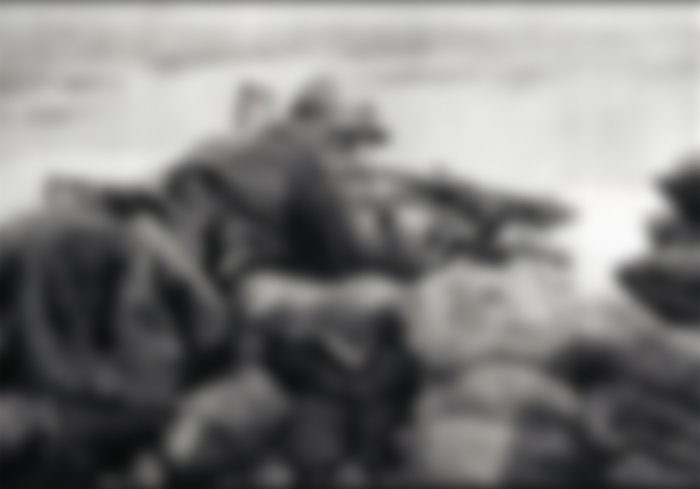



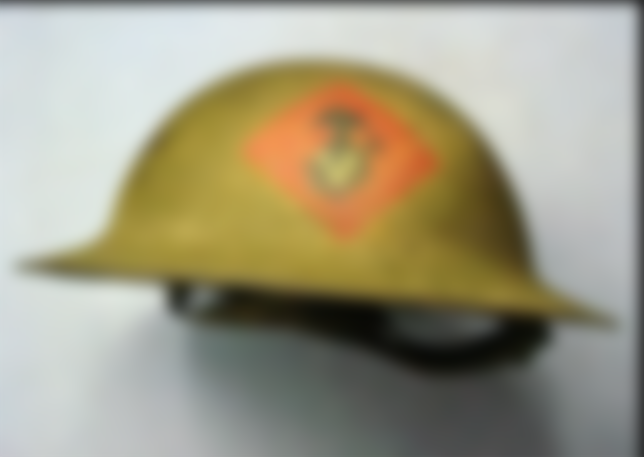

Weapons topic is to much Difficult for me Btw...nicely you written this Tooiv